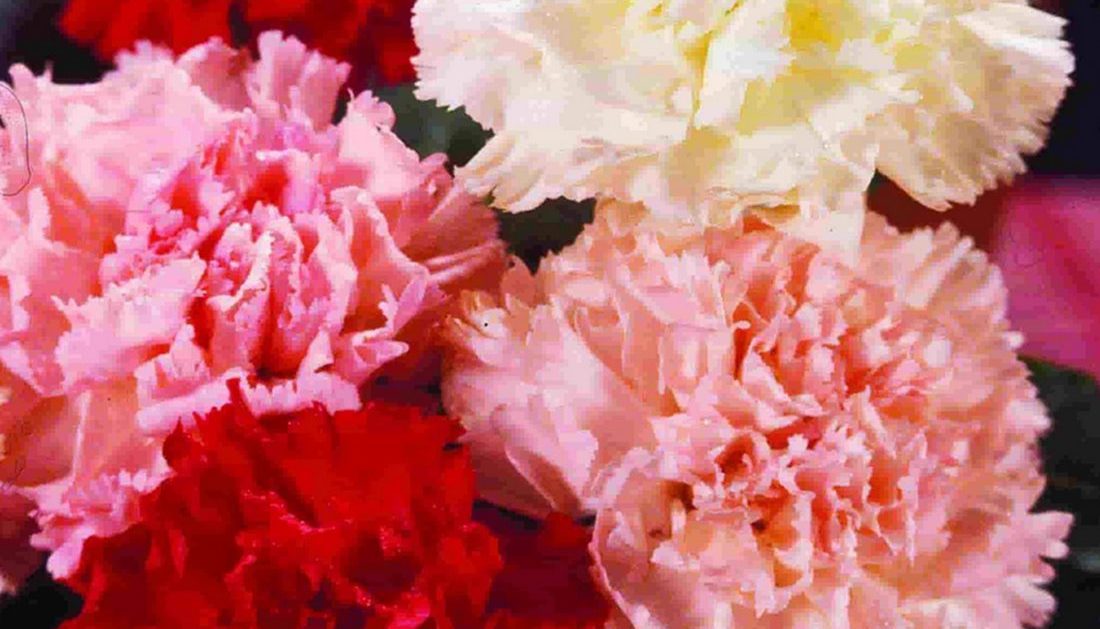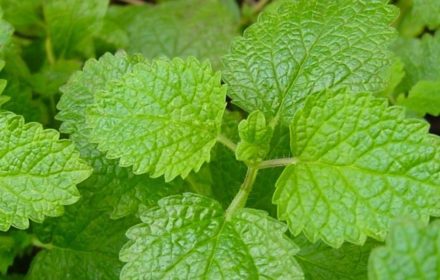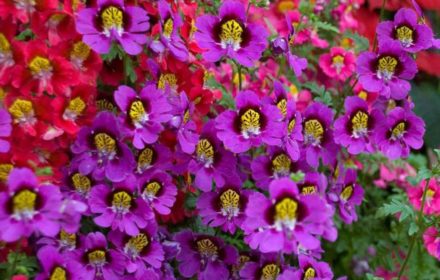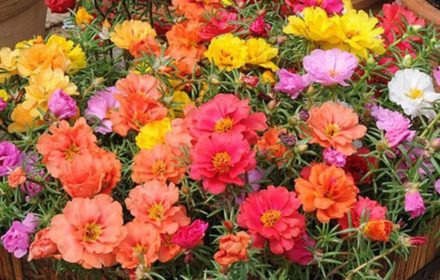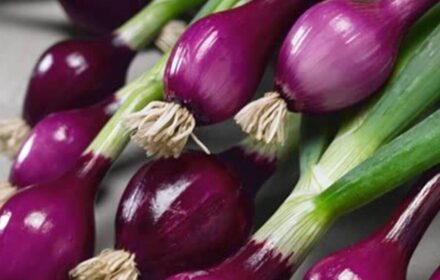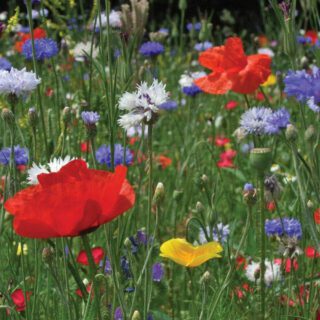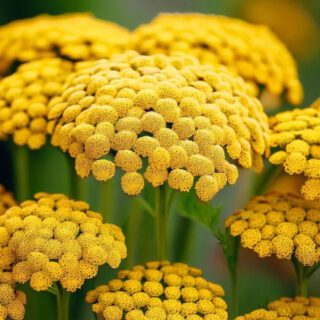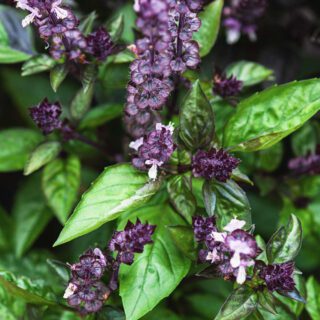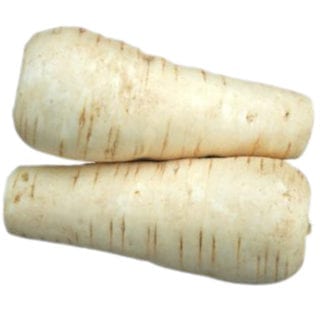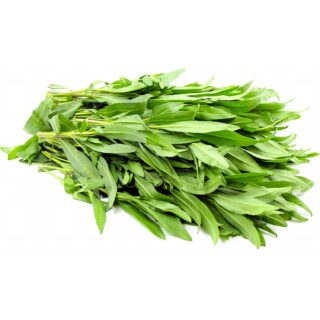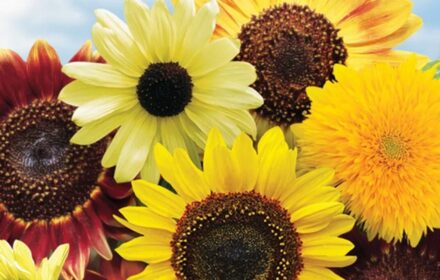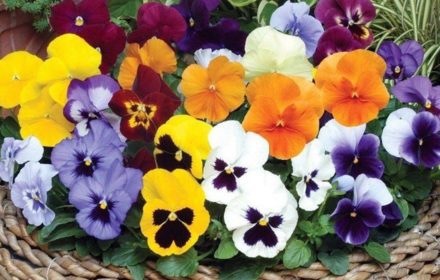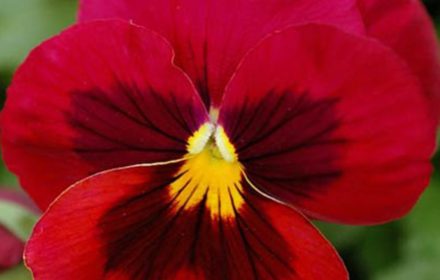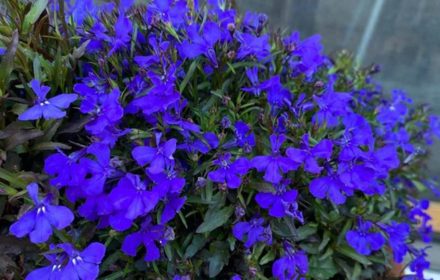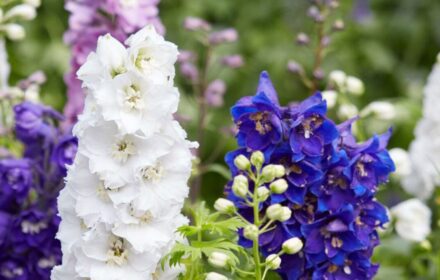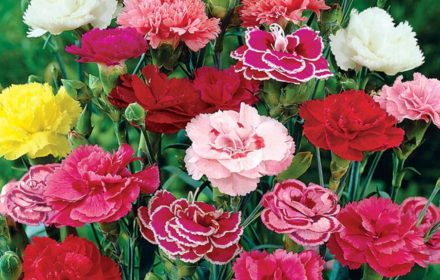How to Sow Mixed Chabaud Carnation Seeds
Mixed Chabaud carnations bloom into stunning double-frilled flowers, perfect for enhancing any home or garden. Known for their strong, sweet fragrance akin to designer perfume, these traditional wedding flowers come in shades of pink, red, and beige. Growing to a height of 45 cm, their long green stems make them ideal for bouquets, vases, and floral displays.
When and Where to Sow Mixed Chabaud Carnation Seeds
- Outdoor Sowing: Sow directly in the garden in late summer or early autumn for blooms the following year.
- Indoor Sowing: Start seeds indoors in late winter or early spring, using trays or pots filled with a fine seed-starting mix. Place in a bright, warm location.
- Soil Preparation: Chabaud carnations thrive in well-draining soil with a slightly alkaline pH (around 7.0). Enrich the soil with organic matter such as compost or well-rotted manure to improve fertility and drainage.
How to Sow Mixed Chabaud Carnation Seeds
- Depth and Spacing: Sow seeds 1/8 inch (3 mm) deep in prepared soil or compost. If sowing indoors, lightly press the seeds into the surface and cover with a fine layer of compost or vermiculite.
- Watering: Keep the soil moist but not waterlogged during germination. Use a gentle mist to avoid displacing the seeds.
- Temperature: Maintain a temperature of around 70°F (21°C) for optimal germination, which usually occurs within 14–21 days.
- Transplanting: Once seedlings have several true leaves, transplant them into individual pots or directly into the garden, spacing them 6–8 inches (15–20 cm) apart.
Caring for Mixed Chabaud Carnations
- Watering: Water deeply once a week, increasing frequency during hot, dry periods. Avoid wetting the leaves or flowers to reduce the risk of fungal diseases.
- Fertilizing: Apply a balanced fertilizer (10-10-10 or 20-20-20) every 4–6 weeks during the growing season to encourage healthy growth and vibrant blooms.
- Pruning: Regularly deadhead spent flowers to promote continuous blooming. Pinch back stems in early summer to encourage bushier growth.
- Winter Care: In colder climates, protect plants from frost by mulching the soil with a layer of straw or leaves.
Common Questions About Growing Mixed Chabaud Carnations
- Can I grow Chabaud carnations in containers? Yes, they thrive in pots and containers provided they have well-draining soil and are positioned in full sun.
- How long do Chabaud carnations take to bloom? Chabaud carnations typically bloom within 12–16 weeks from germination when grown in optimal conditions.
- How do I prevent diseases in carnations? Avoid overwatering and ensure good air circulation by spacing plants adequately. Remove any diseased foliage promptly and avoid wetting the flowers during watering.
By following these steps, you can enjoy the fragrant beauty of Mixed Chabaud carnations, whether as a garden display or a centerpiece in your home.

